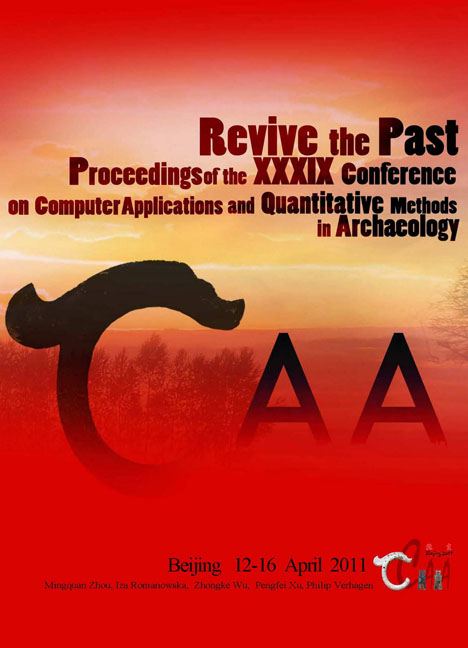 Revive the Past
Revive the Past A Digital Drawing Tool for Recording Excavations: the Nikon iSpace System
Published online by Cambridge University Press: 23 June 2021
Summary
Abstract:
To date, no digital methods of acquiring graphical excavation records have proved sufficiently simple, fast, accurate and/or affordable to have successfully replaced traditional drawing tools. One of the authors recognised that the iSpace tracking system from Nikon Metrology NV, normally used in aerospace and automotive industries, might be used for the very different purpose of making excavation drawings faster and more accurately than drawing by hand with the bonus that each drawing would be inherently geo-referenced. Discussions between the authors lead them to conduct field trials at excavations at Mont Beuvray (ancient Bibracte), France. This paper describes the Nikon iSpace system, the field trials, and compares the drawing times of our iSpace results against traditional hand-made drawings.
Key Words: iSpace, Drawing, 3D, Tracking
Introduction
While computing has had a large impact on the way we work with the records originating from excavations (site databases, intrasite GIS analyses, web pages and excavation blogs, etc.), it has made relatively little impact on the way we actually make these records at the excavation, despite attention to this field by authors over the last decade or more. Since at least the turn of the millennium, many authors have sought to make the creation of the graphical records of excavations faster by using digital acquisition methods such as photogrammetry (Barcelo et al. 2002), orthocorrection of photographs (Reali & Zoppi 2001), tracing from photomosaics (Avern 2001a), using total station points for drawings (Schaich 2002), 3D Modelling (Avern 2001b) and laser scanning (Doneus & Neubauer 2004). Yet none of these methods have become mainstream techniques because, we suggest, none have proved to be a complete solution in terms of speed, simplicity, accuracy and affordability, leaving many, if not most, excavations resorting to the traditional tools of permatrace, pencil, drawing frame, string line and tape measure.
One of the authors has previously proposed a theoretical recording system which attempted to address these issues (Avern 2001a). This system would have used a hand-held laser scanner, whose position and orientation is determined through time by an accurate large-volume tracking system, to record the topography and colour information of every context. At that time an appropriate tracking technology was not available to realise the concept, however, today there is a system which meets these needs. It is the iSpace largevolume tracking system from Nikon Metrology NV (a branch of the Nikon Corporation).
- Type
- Chapter
- Information
- Revive the PastProceedings of the 39th Conference of Computer Applications and Quantitative Methods in Archaeology, pp. 21 - 29Publisher: Amsterdam University PressPrint publication year: 2012
- 1
- Cited by
